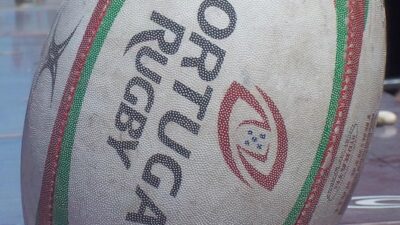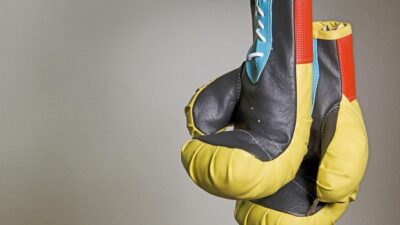Tennis is a sport defined not just by its techniques and strategies, but also by the surfaces on which it is played. Among the various court types, grass and clay stand out as two of the most distinctive surfaces, each presenting unique challenges and requiring specialized skills. As players face these surfaces at major tournaments—like Wimbledon on grass and the French Open on clay—understanding the intricacies of each court type can significantly influence performance and strategy.
The Nature of the Surfaces
Grass Courts
Grass courts, often associated with tradition and prestige, feature a fast-paced surface that can significantly alter the speed and bounce of the ball. The grass is typically well-manicured, leading to a low and unpredictable bounce. This irregularity can create challenges for players, particularly in terms of timing and positioning. Grass courts favor players with a strong serve-and-volley game, allowing them to take advantage of quick points. Players like Roger Federer and Pete Sampras have thrived on this surface due to their aggressive playing styles.
Clay Courts
Conversely, clay courts provide a much slower and more textured playing experience. The loose granules of clay absorb the ball’s pace, resulting in higher bounces and longer rallies. The clay surface demands patience and stamina, encouraging strategic shot placements and consistency. Players such as Rafael Nadal have excelled on clay, demonstrating the importance of endurance and tactical play. Moreover, players often slide on clay, which requires specific footwork and movement techniques that differ greatly from grass.
Unique Challenges
Challenges on Grass
- Unpredictability of Bounce: The characteristics of grass lead to a more unpredictable bounce, which can frustrate players who thrive on consistency.
- Faster Play: The quick nature of grass courts often results in shorter rallies, placing pressure on players to capitalize on break-point opportunities.
- Weather Conditions: Grass courts can be affected by rain, which not only alters playability but also affects the court’s condition over the course of a tournament.
Challenges on Clay
- Physical Demands: The slower play on clay necessitates greater physical endurance, as matches tend to last much longer. Players must be prepared to engage in lengthy rallies that test their stamina and mental fortitude.
- Sliding Technique: Mastery of sliding is crucial on clay. Players must learn to control their slides for effective movement, which can be a steep learning curve for those unfamiliar with the surface.
- Tactical Play: Clay encourages strategic shot selection and shot construction, with players needing to outlast their opponents rather than overpower them. This shift requires a different approach compared to the aggressive style often favored on grass.
Playing Styles and Surface Adaptation
The playing styles that thrive on each surface highlight the adaptability of professional players. Grass courts favor serve-and-volley systems, while clay courts often reward baseline players who can consistently rally. Many elite players have successfully adapted their games to excel on both surfaces, though this transition can involve significant shifts in training regimens and mental approaches.
Athletes often devote considerable practice time to accommodate the nuances of different surfaces. For example, those transitioning from grass to clay must adjust their grip, footwork, and shot selection to meet the demands of slower surfaces, highlighting the importance of versatility in professional tennis.
Conclusion
The distinctions between grass and clay courts extend far beyond mere aesthetics. Each surface presents a unique set of challenges that can shape a player’s strategies, stamina, and mental resilience. Understanding these differences not only enhances the appreciation of the game but also informs the training and preparation necessary for success on the professional circuit. As championships unfold each year on these two iconic surfaces, both players and fans alike are reminded of the profound impact that court surfaces have on the sport’s beloved contest.



